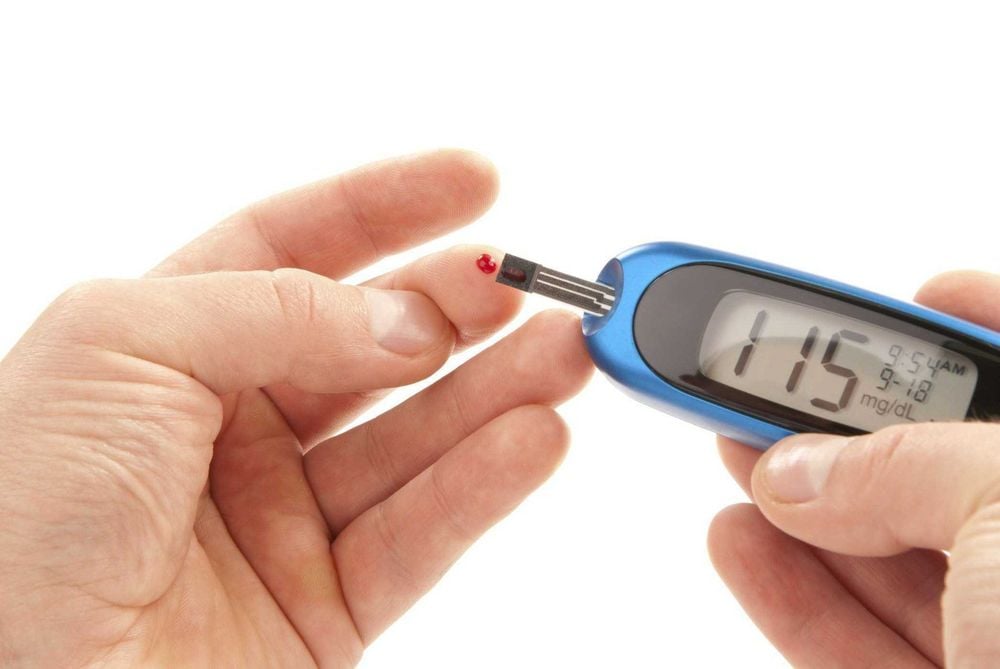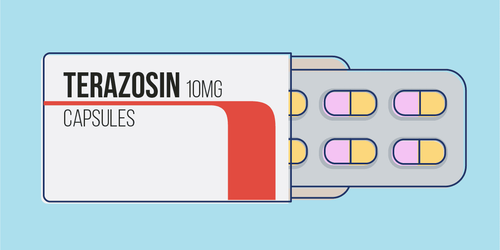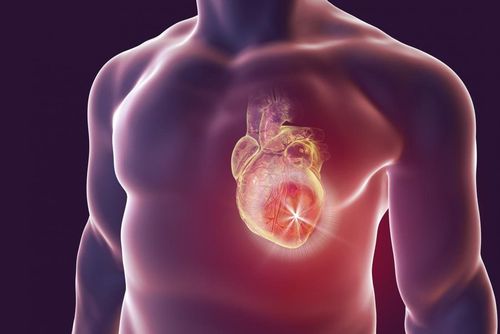This is an automatically translated article.
The article was professionally consulted by Dr. Ngo Dac Thanh Huy - Cardiologist - Department of Medical Examination & Internal Medicine - Vinmec Danang International General Hospital. The doctor has experience and strengths in the field of diagnosis and treatment of cardiovascular diseases, echocardiography, coronary angiography and intervention.Metabolic syndrome refers to a group of cardiovascular risk factors whose underlying causes are related to insulin resistance. This syndrome includes obesity, hypertension, hyperglycemia, and elevated blood triglycerides.
1. What is metabolic syndrome?
In the human body, there are always "metabolism" processes of substances related to all activities and health. When disturbed to a certain extent, the body can balance and adjust itself. When the body cannot self-regulate, the body will suffer from silent dysfunction, sometimes lasting for years, with very few symptoms, so it is easy to ignore. The latter can lead to co-occurring disorders in a syndrome called metabolic syndrome with real risks and challenges.Metabolic syndrome is defined as a group of conditions - high blood pressure, hyperglycemia, excess central fat or abnormal cholesterol - that occur together, increasing the risk of cardiovascular diseases and other health problems such as stroke, diabetes...
The main components of the metabolic syndrome are dyslipidemia with elevated triglycerides and low high-density lipoprotein (HDL-C), high blood pressure. impaired glucose metabolism. Abdominal obesity (central obesity) and/or insulin resistance are thought to be the main manifestations of this syndrome. Recently, several other abnormalities such as chronic inflammation, prothrombotic conditions, nonalcoholic fatty liver disease, and sleep apnea have been added to the metabolic syndrome, making its definition increasingly complex. than.
Besides the many components and clinical effects of metabolic syndrome have been documented, there is still no consensus on the pathogenic mechanism as well as the exact diagnostic criteria. When only one of the above diseases is present, it does not mean that the patient has metabolic syndrome. However, any one of these conditions can increase the risk, and the more comorbidities are present, the greater the risk.

2. Causes and risk factors for disease
2.1. Cause Metabolic syndrome is related to the body's metabolism, this condition is called insulin resistance. Insulin is a hormone produced by the pancreas that helps control blood sugar.Normally, food is digested into sugar (glucose). The blood carries glucose to the body's tissues, where the cells use it as a source of energy. Glucose gets into the cells with the help of insulin.
In people with insulin resistance, normal cells do not respond to insulin, and glucose cannot enter the cells easily. The body responds by producing more insulin (often of a poor quality) to help glucose get into the cells. The result is insulin levels. This can eventually lead to diabetes when the body cannot make enough insulin to control blood sugar to normal levels.
Even if blood glucose levels are not high enough to be considered diabetes, elevated blood glucose levels can still be harmful. In fact, some doctors refer to this condition as "pre-diabetes." Increased blood insulin levels will increase levels of triglycerides and other blood fats. All of those factors affect the kidneys and lead to higher blood pressure. The combined effects of insulin resistance increase the risk of heart disease, stroke, diabetes, and other diseases.
Lipid metabolism: plasma triglycerides are often increased in obesity, increased VLDL. The increase in lipoproteins associated with the aforementioned disorders of glucose metabolism causes the liver to produce more VLDL. Blood cholesterol is rarely directly affected by obesity; But if there is an increase in cholesterol before, it is easy to raise LDL. HDL usually decreases with increased triglycerides. Uric acid metabolism: Blood uric acid is often increased, possibly related to hypertriglyceridemia. Attention should be paid to the sudden increase in uric acid when treating for weight loss, which can cause an acute gout attack (due to protein degradation). 2.2. Risk factors for metabolic syndrome Age: The risk of metabolic syndrome increases with age, with prevalence < 10% by age 20, and increasing to 40% by age 60. However, The warning signs of metabolic syndrome may appear in adolescence. Race: Hispanic, Portuguese and Hispanic, Asians appear to be at greater risk of metabolic syndrome than other races. Obesity: Body Mass Index (BMI) – is a measure of the body based on height and weight. BMI > 23, abdominal obesity with an apple (not pear-shaped) body shape increases the risk of metabolic syndrome. History of diabetes: The risk of metabolic syndrome is higher in people with a family history of type 2 diabetes or a personal history of diabetes during pregnancy. Other medical conditions increase the risk of metabolic syndrome. High blood pressure, polycystic ovary syndrome that affects the reproductive system, and female sex hormones also increase the risk of metabolic syndrome

3. Diagnostic criteria for metabolic syndrome
There are many diagnostic criteria for metabolic syndrome according to WHO criteria, NCEP-ATP III (National Cholesterol Education Program), EGIR (European Group for the Study of Insulin Resistance) criteria. Some specific criteria are as follows:According to NCEP-ATP III (National Program on Cholesterol Education). Having 3 of the following 5 criteria:
Abdominal obesity: for men waist circumference > 102 cm, or women > 88 cm Hypertriglyceridemia ≥ 150 mg/dL (or 1.7 mmol/L) HDL-c < 40 mg/dl ( 1.0mmol/L) in men or <50mg/dl (1.3mmol/L) in women BP (blood pressure) ≥130/85 mmHg. Fasting blood glucose ≥ 110 mg/dL (6.1 mmol/L) (in 2003, change this criterion to 100 mg/dL or 5.55 mmol/L). According to diagnostic criteria for metabolic syndrome in Asia
Waist circumference>= 90 cm in men or >= 80 cm in women. Fasting blood glucose >= 110 mg/dL or diabetes (even if blood glucose < 110 mg/dL) HDL_C < 1.0 mmol/L (40 mg/dl) in men or <1.3 mmol/L (50 mg/dL) dL) in women Triglyceride >= 150 mg/dL. BP ≥ 130/85 mm Hg or being treated for hypertension.
4. Diseases related to metabolic syndrome

All components of the syndrome Metabolism despite different definitions is associated with cardiovascular risk and type 2 diabetes. In which, three components of dyslipidemia causing atheroma (increase in LDL, decrease in HDL and increase in triglycerides) independently associated with cardiovascular risk, while insulin resistance significantly increases the risk of type 2 diabetes, although approximately 25% of insulin resistant patients have normal glucose tolerance. Many studies have demonstrated that central obesity increases the risk of cardiovascular disease and type 2 diabetes.
Several epidemiological studies have confirmed that people with metabolic syndrome have an increased risk of heart disease. circuit. The risk of cardiovascular disease and death is 1.5-3 times higher in people with metabolic syndrome than in the general population. A meta-analysis showed that metabolic syndrome is associated with a twofold increase in cardiovascular events and a 1.5-fold increase in all-cause mortality. The INTERHEART study, a large international multi-ethnic survey, demonstrated that whether using the WHO or IDF definitions, metabolic syndrome is associated with a >2.5-fold increase in the risk of infarction acute myocardial infarction.
The assessment of whether the risks of metabolic syndrome for myocardial infarction outweigh the total risks of the components of this syndrome has also been studied. The results suggest that the CVD risk associated with the metabolic syndrome is greater than the total risk from the syndrome components in people with or without type 2 diabetes. However, evaluation and treat all cardiovascular risk factors without considering whether a patient meets the diagnostic criteria for metabolic syndrome.
The predictive power of metabolic syndrome on the risk of type 2 diabetes has also been verified by many studies. Metabolic syndrome not only increases the risk of diabetes 5 times, but also predicts type 2 diabetes..
5. Prevention

Along with that, it is necessary to have a scientific diet and exercise, especially if there are comorbidities that need to be examined and treated actively.
+ Reasonable and scientific diet: Need to eat enough foods including 4 groups of substances: protein (meat, fish, eggs, milk...); powdered sugar (rice, porridge, pho, vermicelli, bread, cakes...); fat: fat in fish, shellfish, seafood, vegetable oil); vitamins and minerals: vegetables, tubers, fruits of all kinds. Avoid or limit alcohol consumption.
Active treatment of diseases: diabetes, hypertension, dyslipidemia. Exercise regularly from 30-45 minutes a day with moderate intensity. Walking or jogging is one of the suitable options. Quit smoking: Smoking increases your risk of cardiovascular disease, stroke, cancer, and lung disease. Quitting smoking has many health benefits, especially if you have metabolic syndrome, also known as metabolic syndrome. Weight control: increasing physical activity and improving eating habits will help reduce excess body fat and reduce weight. You can also use massage machines to help reduce belly fat. To prevent metabolic disorders, the simplest and most effective way is periodic early screening to know health status and proactively adjust. According to WHO recommendations: periodic screening for common diseases, screening for certain groups of diseases in certain subjects (risk groups). The Ministry of Health also stipulates that medical facilities must provide health check-ups and periodic tests at least once a year for employees. Early detection of disorders is the only way to prevent disease progression.
Vinmec International General Hospital is one of the hospitals that not only ensures professional quality with a team of leading medical professionals, modern equipment and technology, but also stands out for its examination and consultation services. comprehensive and professional medical consultation and treatment; civilized, polite, safe and sterile medical examination and treatment space.
Please dial HOTLINE for more information or register for an appointment HERE. Download MyVinmec app to make appointments faster and to manage your bookings easily.
The article references the source: Vietnam Cardiology Association













